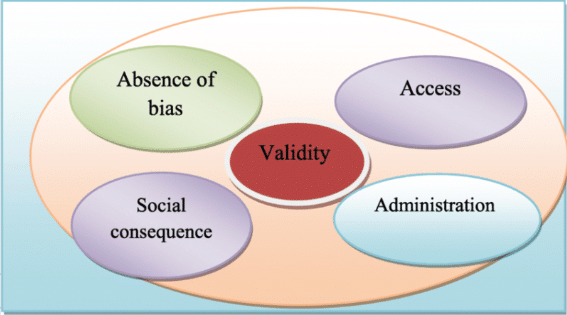In the modern workplace, organizations strive to build diverse and inclusive teams that leverage the talents and perspectives of individuals from various backgrounds. Achieving a diverse workforce not only enhances creativity, innovation, and problem-solving but also strengthens an organization’s competitive edge. However, to achieve these goals, it is crucial to ensure that hiring decisions are based on fair and unbiased assessments. In the United States, conducting fairness studies on tests and assessments used in the hiring process is paramount to both legal compliance and promoting diversity.
Understanding Fairness Studies
Assessment fairness studies assess the potential adverse impact of employment tests or selection procedures on protected groups, such as racial or ethnic minorities, women, or individuals with disabilities. The goal is to determine if there are significant disparities in hiring outcomes that may be discriminatory in nature. By conducting fairness studies, organizations can identify and rectify any unfairness in the selection process, ensuring that the assessments used are both valid and equitable.
The EEOC 4/5ths Rule
The Equal Employment Opportunity Commission (EEOC) enforces federal laws prohibiting employment discrimination. One essential tool in evaluating employment practices is the EEOC’s 4/5ths rule, also known as the “80% rule.” According to this rule, if the selection rate for a particular group is less than 80% of the selection rate for the group with the highest selection rate, adverse impact may be present.
The 4/5ths rule provides a preliminary indication of potential discrimination, but it is a simplistic measure that has limitations. It does not consider the statistical significance of the observed disparities. As a result, organizations often use more sensitive statistical tests to ensure a comprehensive evaluation of assessment fairness.
Advanced Statistical Tests
To supplement the 4/5ths rule, organizations may employ more sophisticated statistical tests, such as chi-square analysis or Fisher’s exact test, to determine the statistical significance of any observed disparities. These tests compare the observed differences in selection rates between groups to what would be expected by chance.
Another commonly used statistical method is the “standard deviation” or “two-standard-deviation” rule, which examines whether the selection rates of different groups deviate significantly from the overall selection rate. If the difference exceeds two standard deviations, it suggests potential adverse impact.
Benefits of Fair Assessments and a Diverse Workforce
Legal Compliance: Conducting fairness studies and adhering to equal employment opportunity principles helps organizations comply with federal laws such as Title VII of the Civil Rights Act of 1964 and the Americans with Disabilities Act. By proactively addressing any disparities, organizations can mitigate legal risks associated with discriminatory practices.
Enhanced Talent Pool: Fair assessments promote diversity by ensuring that qualified individuals from all demographic groups have an equal opportunity to join an organization. A diverse workforce brings together individuals with different skills, perspectives, and experiences, fostering creativity, innovation, and problem-solving capabilities.
Improved Decision-Making: Diverse teams are more likely to make well-informed decisions due to the wider range of viewpoints and approaches they bring to the table. This inclusive decision-making process can lead to better problem-solving, increased adaptability, and improved organizational performance.
Enhanced Reputation: Organizations that prioritize diversity and fairness in their hiring processes tend to develop positive reputations as inclusive employers. This reputation can attract top talent, improve employee morale, and enhance customer perception and loyalty.
Conclusion
Conducting fairness studies of tests and assessments used in the hiring process is a vital practice for organizations aiming to build diverse and inclusive workforces while ensuring legal compliance. By employing both the EEOC 4/5ths rule and more sensitive statistical tests, organizations can identify potential disparities and take corrective actions to create fair and equitable hiring practices. Embracing diversity not only enriches the talent pool but also fosters innovation, creativity, and a competitive advantage in today’s dynamic business landscape.
References
Section 60–3, Uniform Guidelines on Employee Selection Procedure (1978); 43 FR 38295 (August 25, 1978).
Handbook of Employment Discrimination Research: Rights and Realities 2005th Edition by Laura Beth Nielsen (Editor), Robert L. Nelson (Editor)
Handbook of Psychology, Industrial and Organizational Psychology 2nd Edition, Kindle Edition by Irving B. Weiner (Author), Neal W. Schmitt (Author), Scott Highhouse (Author)

